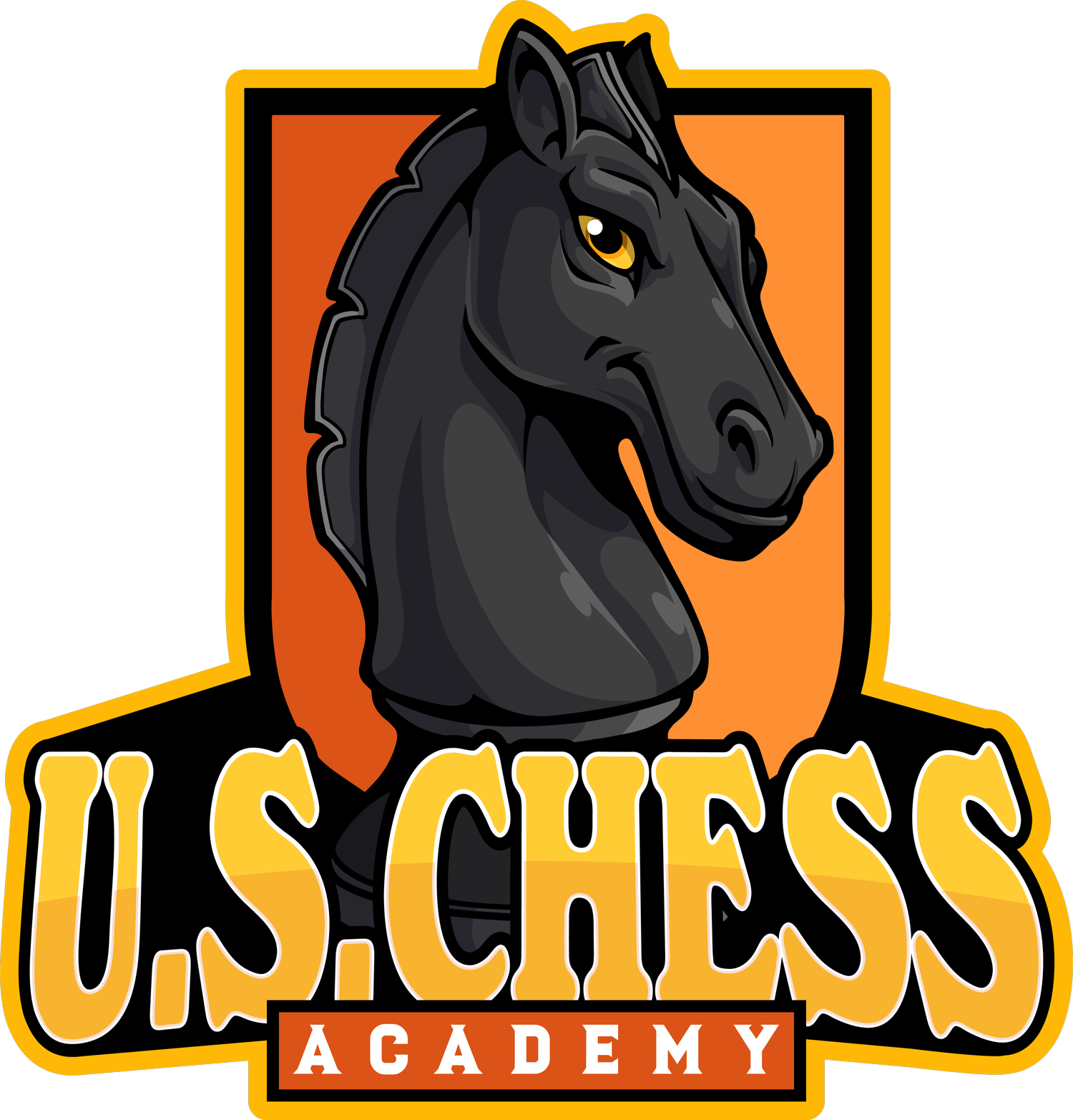Famous Chess Blunders and What They Teach
Welcome to the world of chess, where every player, from novices to grandmasters, occasionally makes blunders. Here at the United States Chess Academy, we see these moments not just as mistakes but as valuable learning opportunities. A chess blunder is essentially a move that fails to consider the opponent’s best response or overlooks a significant threat, often leading to a disadvantageous position or loss of the game.
Understanding and learning from these blunders is crucial for every chess enthusiast aiming to improve. It can feel frustrating to mess up a game because of a simple oversight, but each mistake on the chessboard provides clear insights into areas that need more attention. By studying historical blunders and the contexts in which they occurred, players can deepen their strategic understanding and avoid similar pitfalls in their own games. In this article, we will explore some of the most instructive blunders in chess history and extract practical lessons to enhance your strategic play. Join us as we learn to turn setbacks into stepping stones toward mastery.
Understanding Chess Blunders: What Are They?
In chess, a blunder is a poorly thought-out move that significantly disadvantages the player, potentially leading to loss of a piece or even the game. These mistakes often stem from a lapse in concentration, failing to foresee the opponent's threats, or simply misunderstanding the strategic requirements of the position. At our academy, we educate players that recognizing and understanding these blunders are key steps toward improving their game.
A blunder can vary from simple tactical oversights, like leaving a piece unprotected, to more complex strategic errors such as weakening one's own king's safety. It’s essential for players at all levels to develop the habit of double-checking their moves for potential risks and consequences. By cultivating a thorough review process, we encourage our players to minimize their chances of committing these critical mistakes, thereby enhancing their overall performance in future games.
Historic Blunders in Chess History
The history of chess is filled with moments where even the best of the best have faltered. One of the most famous blunders occurred in the 1966 World Chess Championship. American chess grandmaster Bobby Fischer made a devastating bishop move against Soviet player Boris Spassky, which eventually cost him the game during a critical point of the match. This single move shifted the momentum of the match, demonstrating how one oversight can change the course of chess history.
Analyzing such historic blunders provides incredible learning opportunities. We dissect these moments in our training sessions to highlight not just the mistake, but also the thought process that led to it. Understanding why a world-class grandmaster like Fischer could make such a blunder underlines the importance of psychological resilience and strategic depth, qualities we strive to build in our players. We teach that every move in chess comes with lessons, and even errors made by legends can guide our strategies and decisions on the chessboard.
Lessons Learned from Famous Chess Mistakes
Every blunder in chess, big or small, can teach us something fundamental about the game—and about ourselves. From the missteps of novices to the slip-ups of grandmasters, each error provides a unique window into improving strategic thinking and emotional management. We focus on synthesizing these lessons into actionable insights that our players can apply, not just on the chessboard, but in life decisions as well.
One core lesson is the importance of patience and detail-oriented thinking. A quick decision might seem sufficient, but deeper analysis often reveals better alternatives. This requires discipline and the willingness to scrutinize each possibility, ensuring that potential threats are considered and risky impulsiveness is avoided. Additionally, resilience is key. We teach our players to see every lost game not as a failure, but as a stepping stone to future victories—a chance to learn and adapt.
How to Analyze and Recover from Chess Blunders
The path to recovery after making a chess blunder begins with rigorous analysis. We emphasize a structured approach: first, identifying what went wrong, followed by understanding why the error was made, and finally, learning how similar mistakes can be prevented in the future. This process involves reviewing game replays, possibly with a coach or more experienced players who can provide insights and point out nuances that might have been missed.
Developing a routine for regular practice sessions focused on weak areas can also effectively turn lessons from past blunders into strengths. For example, if blunders are often due to oversight under time pressure, we recommend our players train with speed-focused drills to improve their rapid decision-making skills. Moreover, maintaining a composed and positive mindset is crucial. We encourage our players to approach each new game confidently, leaving past blunders behind and focusing on the myriad opportunities for improvement and success.
Conclusion
At the United States Chess Academy, we understand that chess is more than just a game—it is a journey of continuous learning and personal development. Recognizing and analyzing chess blunders is an integral part of this journey. By embracing and understanding these missteps, our players not only improve their game but also build character and resilience that benefit every aspect of their lives.
Are you ready to transform your blunders into powerful chess lessons online and elevate your game to new heights? Join us at the United States Chess Academy, where we turn setbacks into comebacks, and every player is equipped to become not just a competitor, but a champion. Embark on your chess journey with confidence and clarity—let us guide you to your personal and competitive best.

